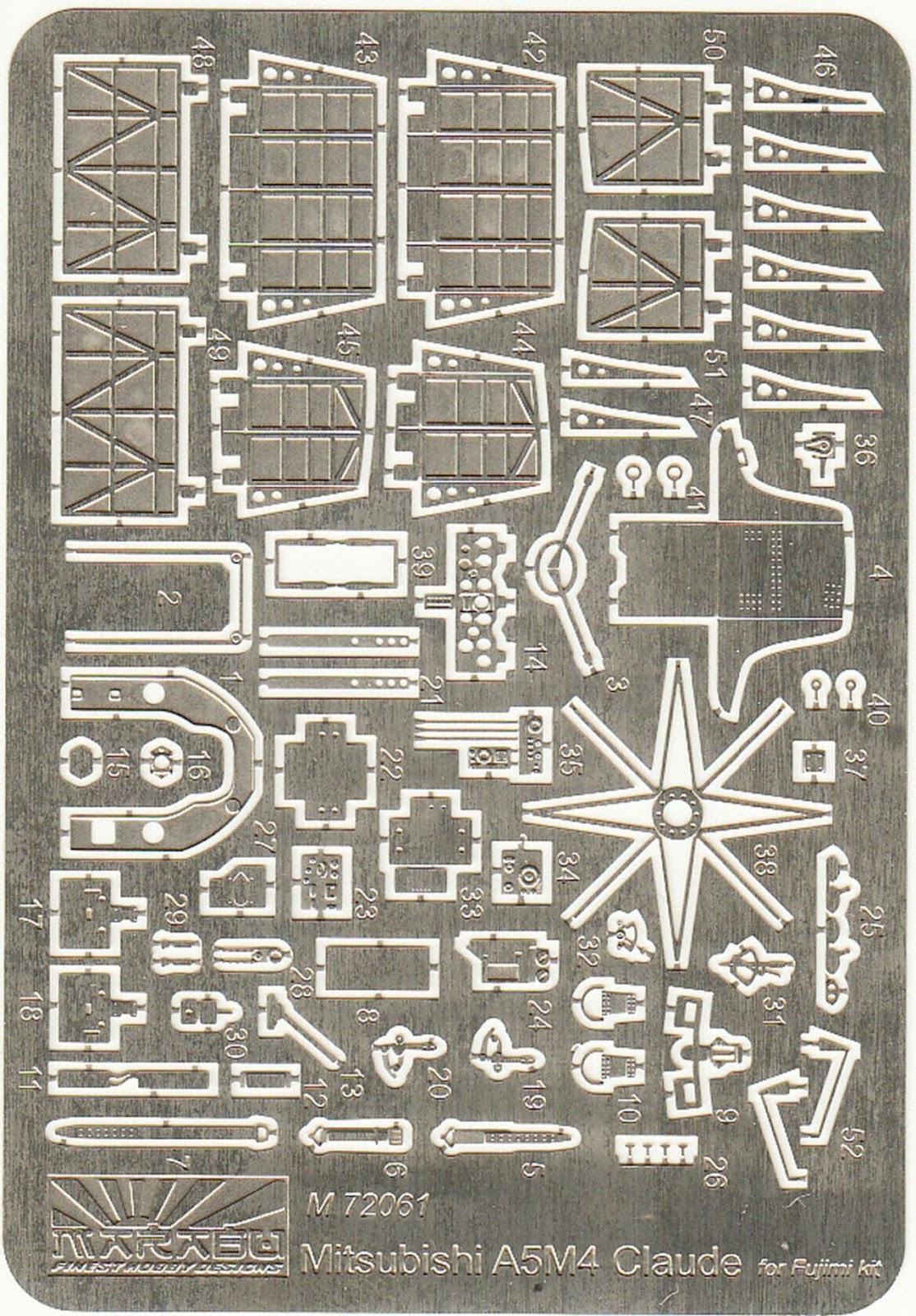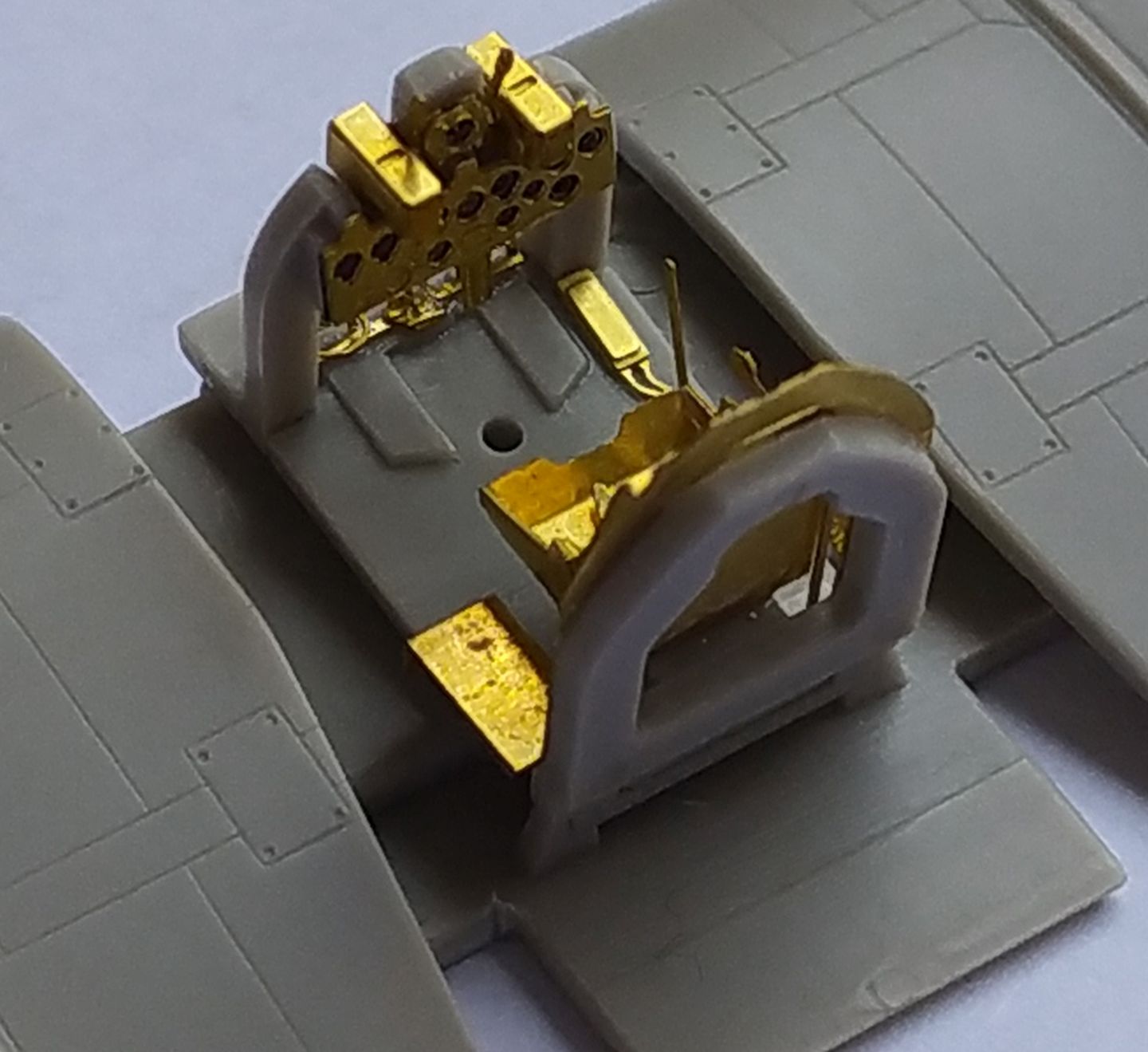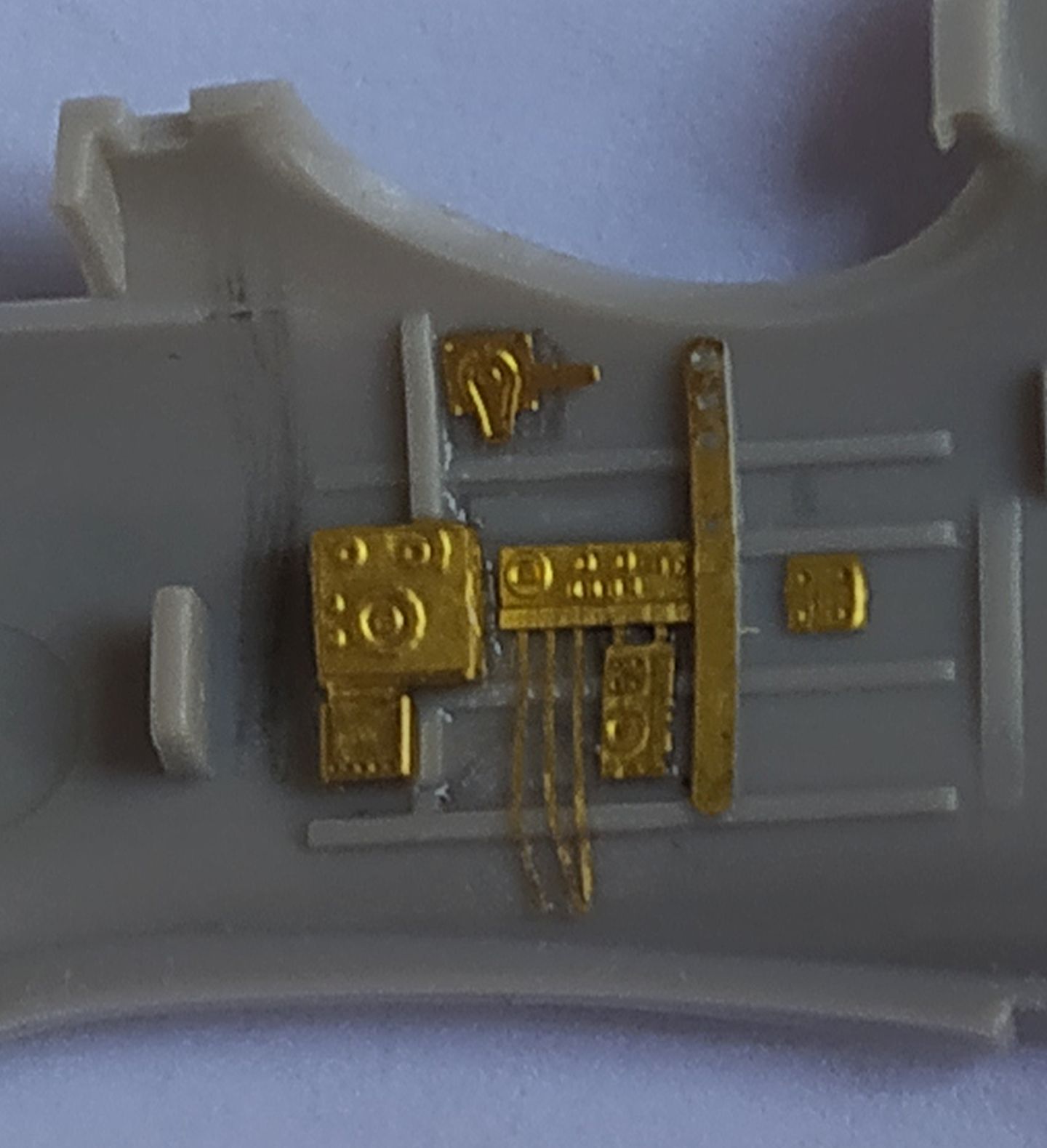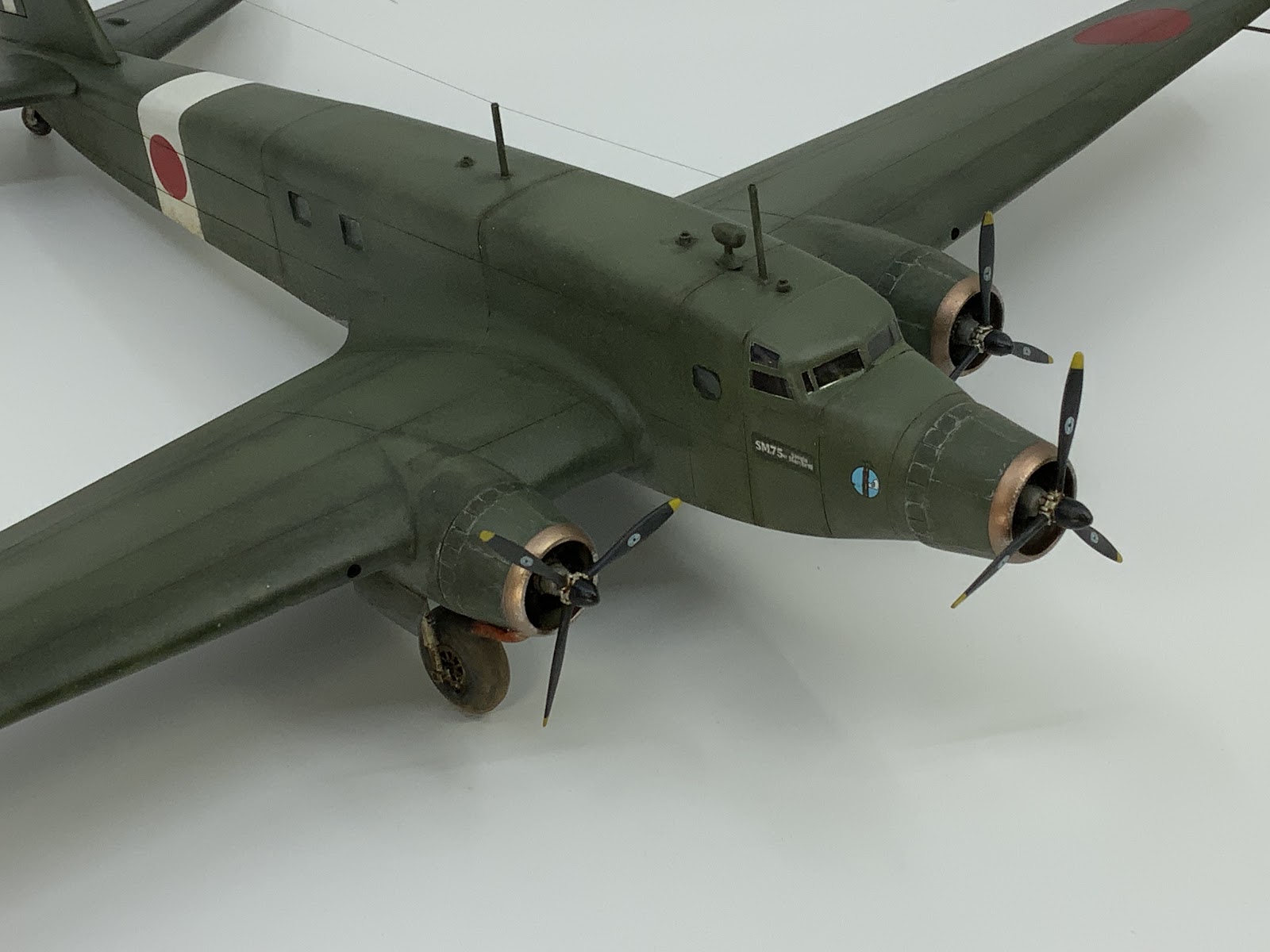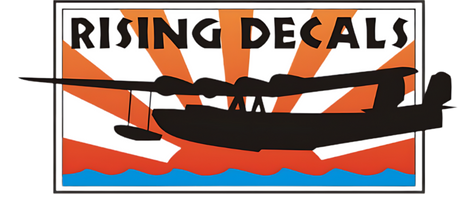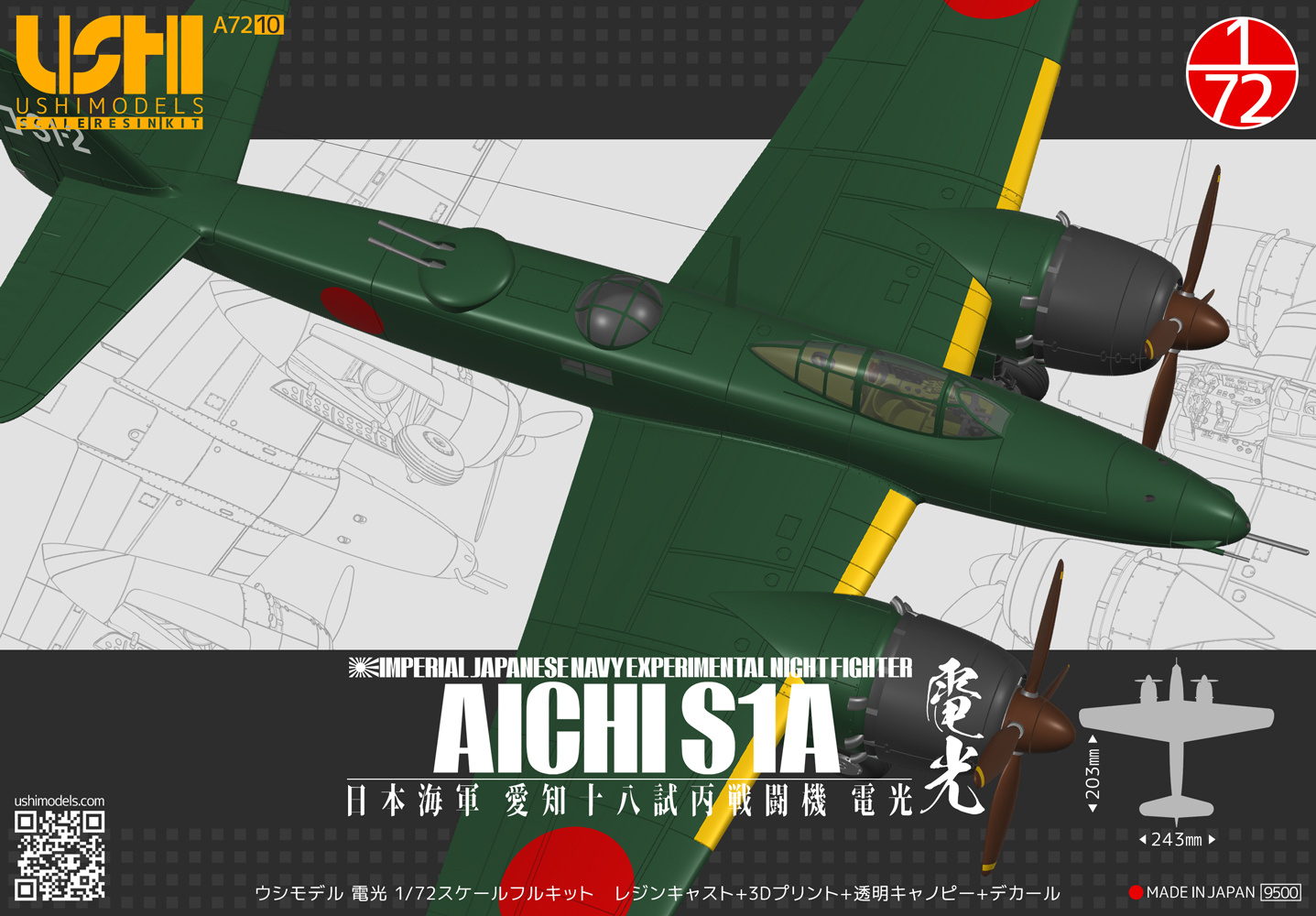Another gem kindly shared by Harvey Low with a most interesting back story of an epic but little known flight, about which some more in due course. Over to Harvey then:
'The Savoia-Marchetti (SM) 75 is well known among Italian WW2 Aviation Enthusiasts. But it also has a direct connection to Japan. The SM.75 held many speed and endurance records in the 1930’s as it was powered by three 559kW (750 hp) Alfa Romeo 126 RC.34 radial engines, making it suitable for extreme long range flights. With such performance features, a SM.75 was tasked for a secret flight from Rome to Tokyo to deliver new diplomatic codebooks to Italy's Axis partner. It was suspected that the Allies had broken their international radio codes in January 1942) and as radio was the most vital means to communicate with the Japanese, the Italians needed to deliver new codebooks to Japan.

'So a SM.75 GA (for Grande Autonomia, meaning "Long Range") Matricola Miltare number MM60539, was specially modified for this single plane flight from Rome to Tokyo and back. In June 1942, this aircraft (an earlier variant GA), was designated the SM.75 RT (for Rome-Tokyo). Flying from Rome on 29 June 1942, first SM.75 flew to German-occupied Ukraine, to be refuelled by an Italian ground crew, then over the vast Soviet airspace to Japanese-occupied Mongolia for another refuelling stage. The aircraft was then repainted with Japanese roundels as a precaution for flying across Japanese airspace. With a Japanese Interpreter now aboard, the remaining distance to Tokyo was flown, landing on 3 July 1942.

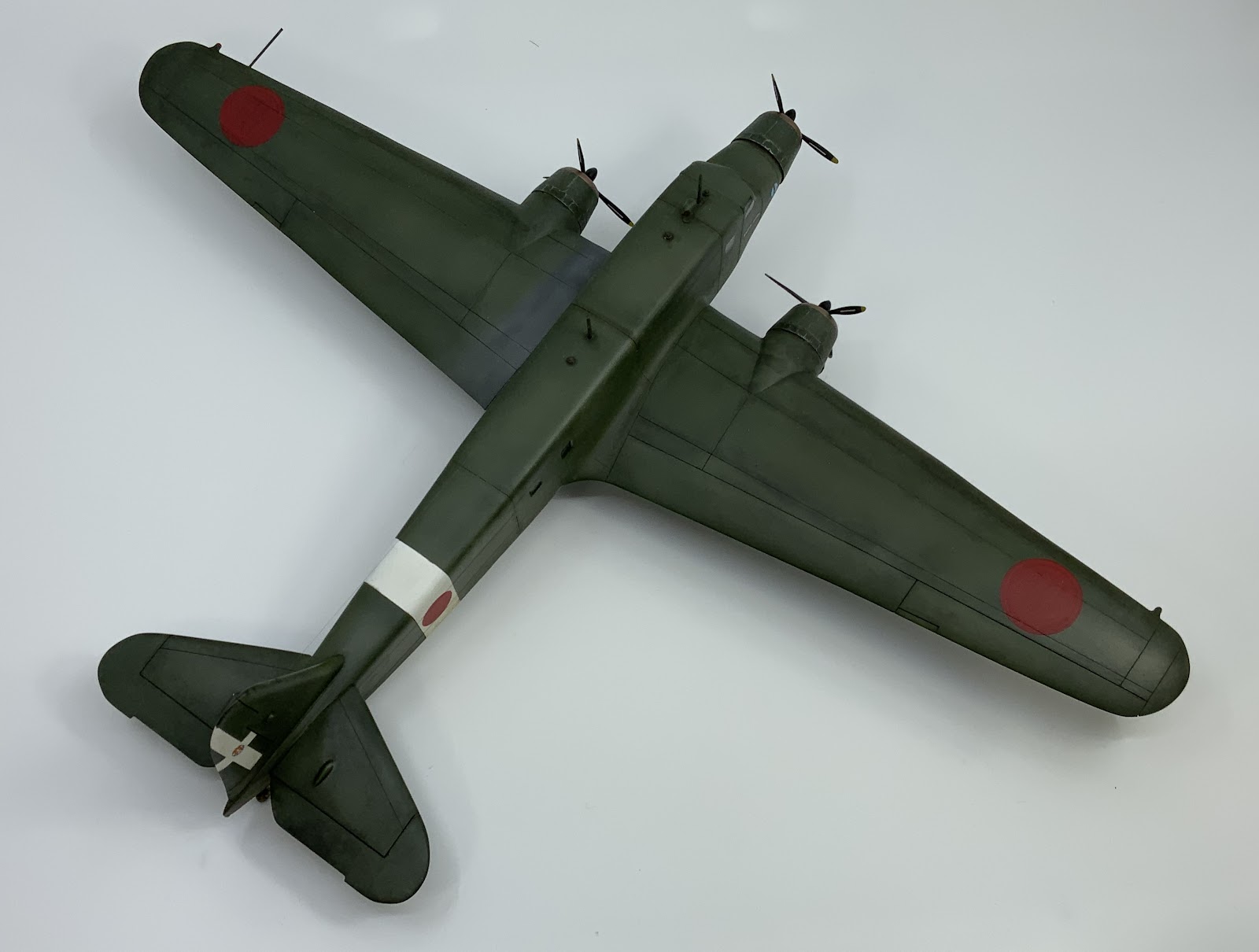
'This is the 1/72 resin model from
Balaton Models, modified to this unique variant. The model is a conversion from the Civil Passenger version to this long-range military aircraft. I made a number of modifications unique to this specific aircraft, including an entirely new tail, different window configuration, new exhausts, and other smaller details such as pitot tube and landing lights - as none were provided in the kit. The greatest challenge was the absence of the noticeable and thus essential Savoia Marchetti manufacturer logo! My good friend and Italian aircraft expert Tom Ricci stepped in to create these custom logos for me from his design and inkjet printer – thanks Tom!
'The model represents a little-known but significant part of aviation history, and a testament to the engineers, flight crew, and maintenance crew who achieved this flight. The Rome to Tokyo flight was arguably one of the Regia Aeronautica's finest hours. A diorama is now in order showing Japanese airfield crew and trucks servicing an Italian aircraft!' For a full description of this project please refer to
Guideline Publications, Scale Aircraft Modelling August 2023, Volume 45.
With special thanks to Harvey for photos of an intriguing model representing an intrepid flight.
Image credits: All model photos © 2025 Harvey Low; Heading Photo via Harvey Low; Tailing photo via Aviation of Japan; Box art © Balaton Models


